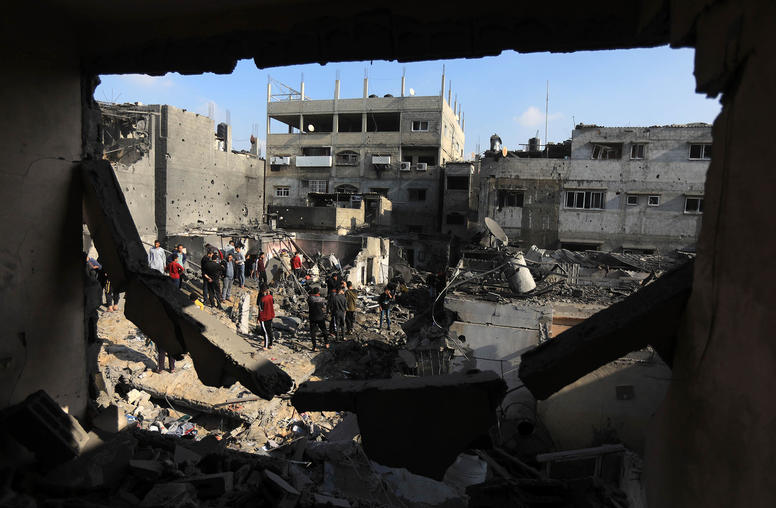Navigating Humanitarian Assistance in Gaza
A Fireside Chat with Sigrid Kaag, United Nations Senior Humanitarian Coordinator for Gaza
As the Israel-Hamas war continues to engulf the Gaza Strip, international actors face challenges in delivering and distributing aid that matches Gazans’ needs. An estimated 1.7 million people in Gaza have been displaced by the conflict, creating a grave humanitarian crisis with acute shortages of food, water and medicine. Meanwhile, many of Gaza’s hospitals have stopped working, exacerbating the need to ensure timely delivery of aid.
On April 25, USIP held a conversation with Sigrid Kaag, the U.N. senior humanitarian coordinator for Gaza. The discussion explored the imperatives and challenges of delivering critical humanitarian aid to the region, highlighting the need to streamline and expand aid delivery, as well as the critical role of the United Nations in coordinating with global partners to find avenues for safe and sustainable aid delivery to the most vulnerable in Gaza.
Speakers
Sigrid Kaag
U.N. Senior Humanitarian and Reconstruction Coordinator for Gaza
Mona Yacoubian, moderator
Vice President, Middle East North Africa Center, U.S. Institute of Peace



